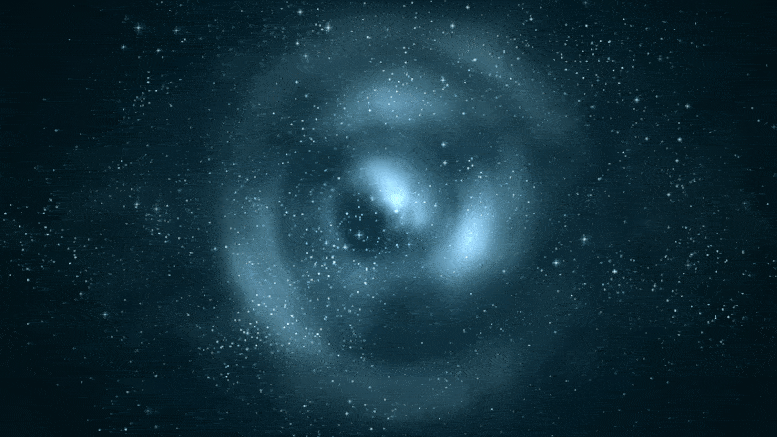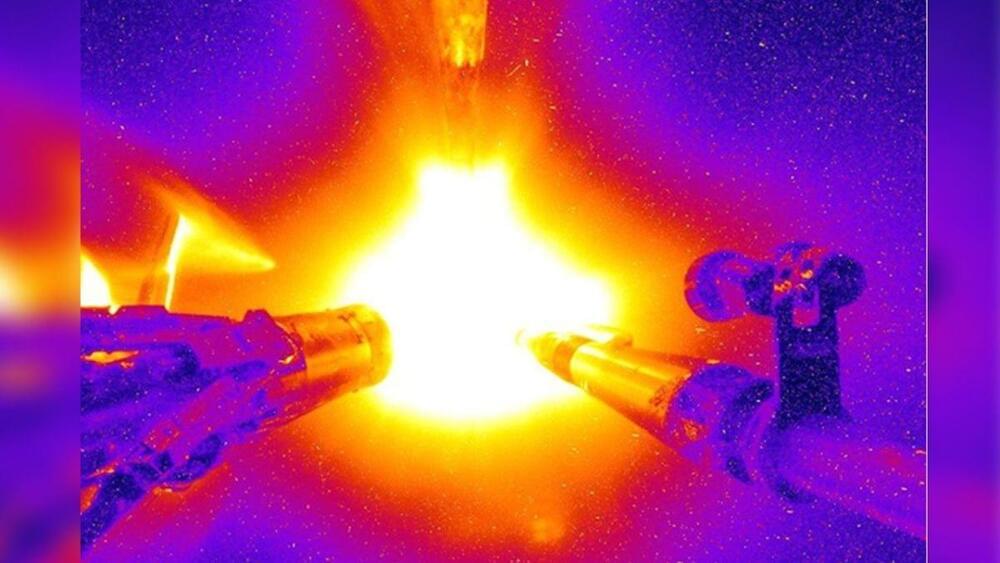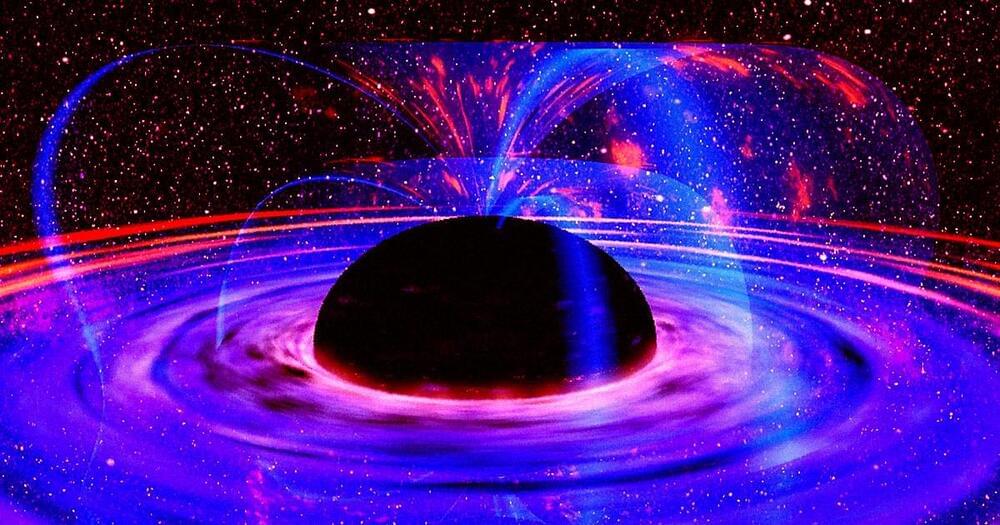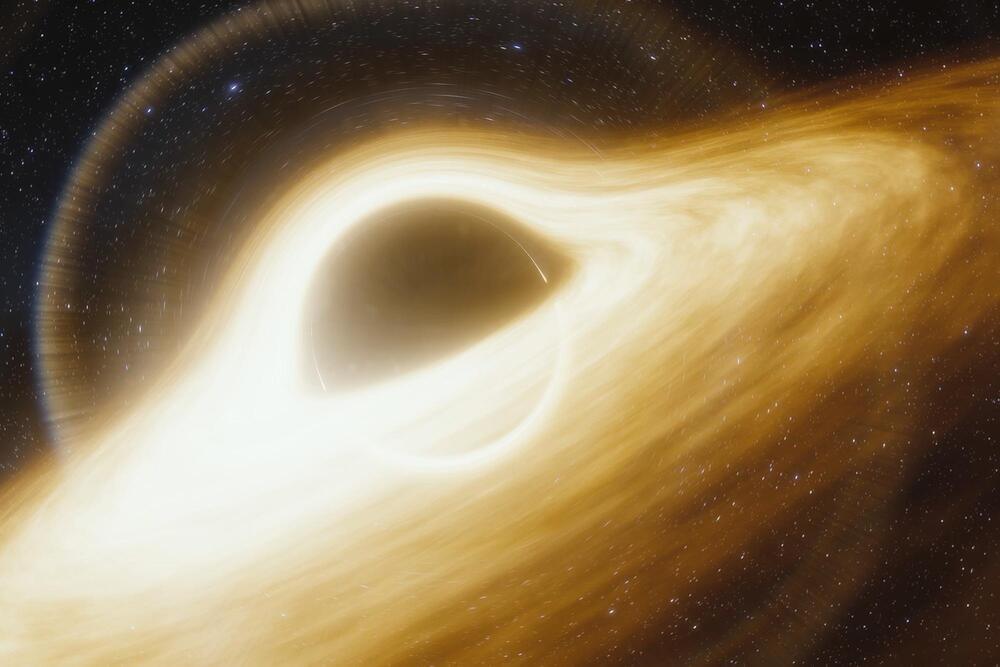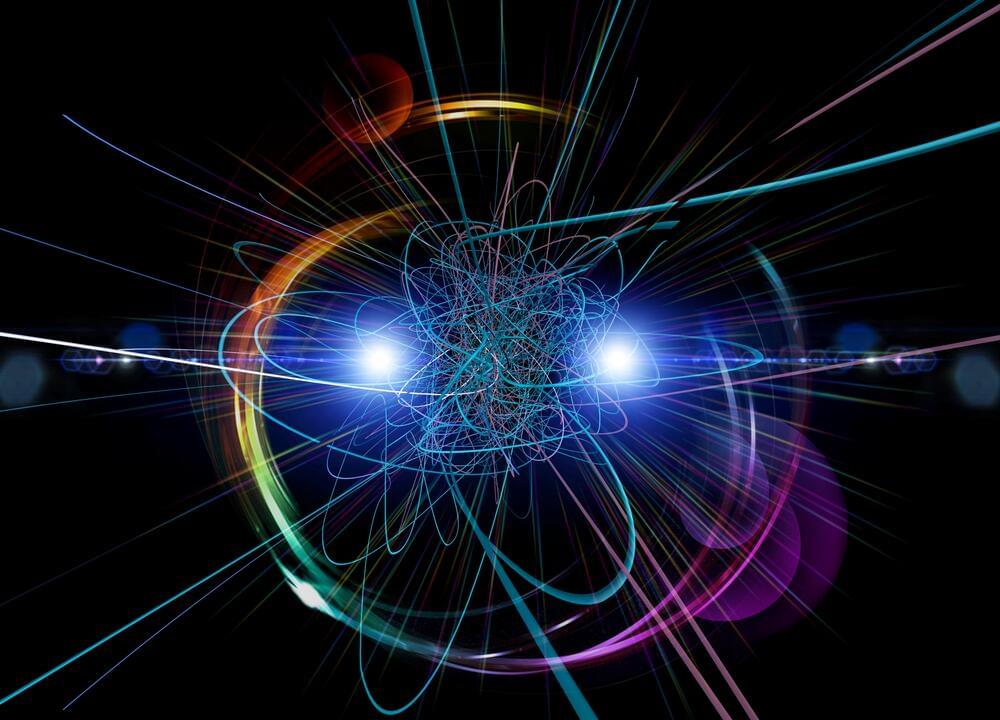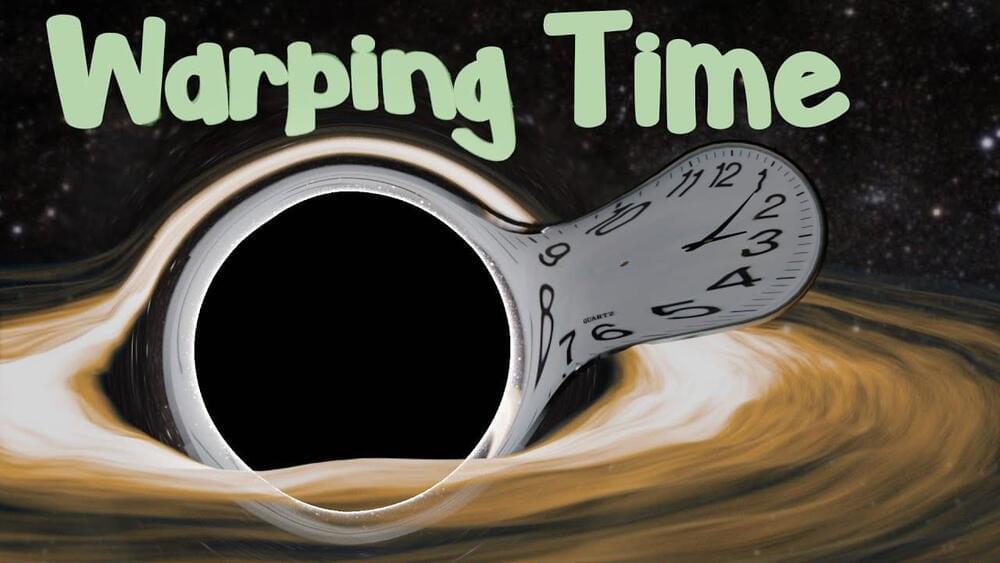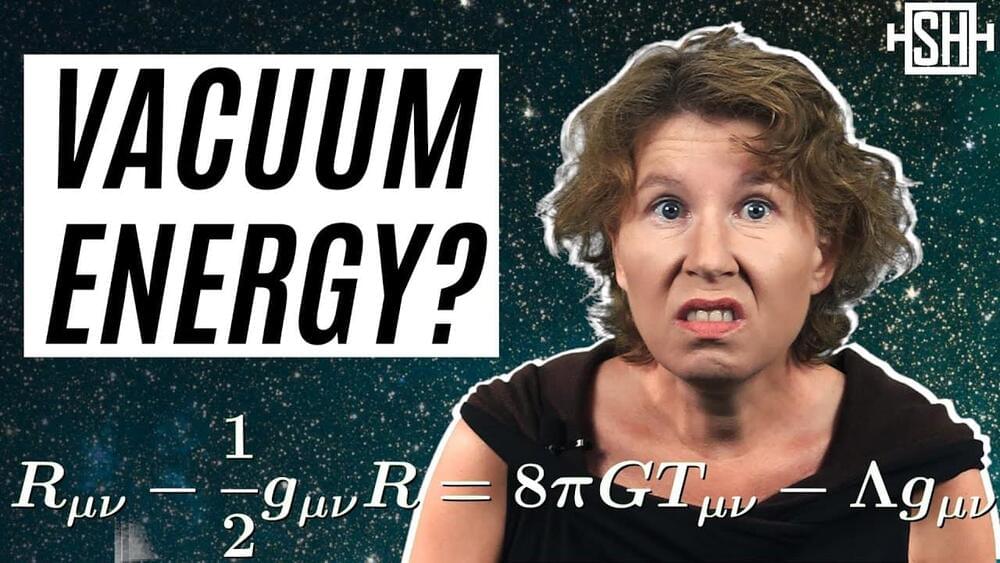An international team of astronomers led by researchers from the Netherlands has found no trace of dark matter in the galaxy AGC 114,905, despite taking detailed measurements over a course of forty hours with state-of-the-art telescopes. They will present their findings in Monthly Notices of the Royal Astronomical Society.
When Pavel Mancera Piña (University of Groningen and ASTRON, the Netherlands) and his colleagues discovered six galaxies with little to no dark matter, they were told “measure again, you’ll see that there will be dark matter around your galaxy.” However, after forty hours of detailed observations using the Very Large Array (VLA) in New Mexico (United States), the evidence for a dark matter-free galaxy only became stronger.
The galaxy in question, AGC 114,905, is about 250 million light-years away. It is classified as an ultra-diffuse dwarf galaxy, with the name ‘dwarf galaxy’ referring to its luminosity and not to its size. The galaxy is about the size of our own Milky Way but contains a thousand times fewer stars. The prevailing idea is that all galaxies, and certainly ultra-diffuse dwarf galaxies, can only exist if they are held together by dark matter.
